Living Alongside the Yawanawá
Two Months in the Brazilian Amazon
Author: Gracie Dunlap
The Yawanawá people live in western Brazil, close to the Peruvian border. Once decimated in number through enslavement by rubber barons, and their culture badly fragmented by missionaries, the Yawanawá are now 1300 people stewarding their homeland of 500,000 acres of tropical forest, 95% of which is intact. The Yawanawá culture revolves around their strong relationship with nature.
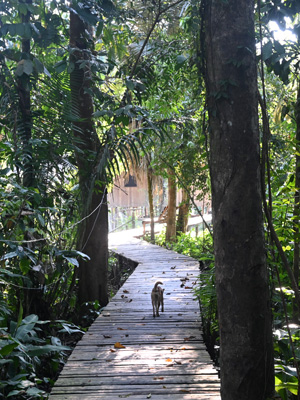
The Yawanawá Community
I have always considered myself close to nature, having grown up on a farm in Virginia. However, after a three day journey from the small town of Rio Branco to the Yawanawá community within the state of Acre, Brazil, I was welcomed into a way of life so intertwined with the Amazon Rainforest that community members consider the natural world a partner in everything they do.
The Yawanawá community hosted me for my internship that was facilitated by the WILD Foundation in the summer of 2022. For seven weeks I learned about how they maintain and protect their forest home. But perhaps even more importantly, I learned about their way of life and cultural values that foster a deep connection and respect for the forest. I was tasked with the editing and formatting of certain English proposals that aimed to bolster the livelihoods of the Yawanawá communities. These proposals and research projects enabled me to better understand the economic systems which the Yawanawá utilize. I was also shown several pilot projects being carried out within the communities that involved unique uses of their resources. It was exciting to see the communities’ innovation of existing materials to create a product or service which would contribute to their economy, and sustain their way of life.
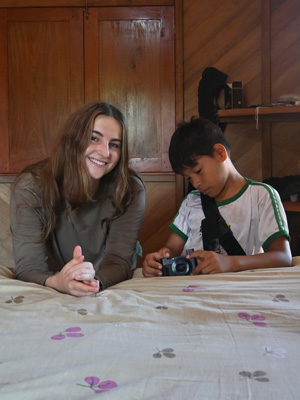
Gracie Dunlap in the Yawanawá community
Over the past few decades, the Yawanawá have emphasized female autonomy and empowerment. For example, in business, the Yawanawá women are all very skilled in jewelry creation. Their skill combined with a holistic perspective of their resources resulted in the use of acai seeds, a remnant of the fruit you and I know to show up in smoothie bowls, in jewelry craftsmanship. The Yawanawá harvest the acai berry and extract the nutritious juice, but each acai berry contains a very small amount of fruit with a large seed. This results in many leftover seeds after the acai berries are pulped. The women’s innovation was a new craft, creating beautiful pieces of jewelry and handbags made from what is essentially a byproduct: dried acai seeds. The Yawanawá recognized a unique opportunity to use the entirety of the acai fruit and create a sustainable and profitable product that is representative of the Yawanawá’s respect for their life source: nature.
Throughout my internship, I saw several completed projects and goals from the “Yawanawá Life Plan” as they were carried-out in the communities. Projects included women’s craftsmanship, the construction of schools and the reintroduction of a transfer of traditional knowledge from elders to younger members of the community. The Yawanawá Life Plan, published in 2016, is a comprehensive history and proposal of economic activities and methods of cultural revival for the Yawanawá communities. Female empowerment, increased education, and governance structure are just a few of the main goals of the Life Plan which stood out to me. The Life Plan has been a true asset to the communities because of its emphasis on cultural revitalization and governance structure. Not only is their current Leadership Council representative of the people, but the very creation of the Life Plan was a long meticulous process. During its creation, several conferences were held to ensure that all members had a voice to advocate for the histories and policies they thought necessary to be included.
Halfway through my stay with the Yawanawá, I attended a community meeting where an ‘outside’ organization came to discuss the biodiversity of the Yawanawá land and potential ways to measure how the communities conserve this biodiversity. Around 100 people came to this meeting. Observing the conference, I noticed a dedication to allowing every leader from each community (fourteen total, with two leaders elected from each community, one woman and one man) to voice their opinions, questions, and concerns during the meeting. Furthermore, young men and women were asked to voice their thoughts as well. It was clear that the leaders of the Yawanawá communities value the younger generations’ input, particularly in situations that concerned the care of their land and environment.
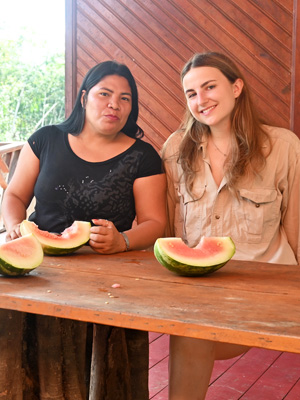
Gracie Dunlap in the Yawanawá community
The longevity and strength of the Yawanawá people is reflected in the recent recovery and explosive expansion of their culture and commitment to traditional knowledge being transferred to the Yawanawá youth. I saw genuine love and appreciation of Yawanawá culture from all of the younger members. Furthermore, they were also extremely patient and generous when sharing their culture with non-Yawanawá people such as myself or any of the visitors who stayed in the communities. Closing out my stay, I was lucky enough to be in the communities during the annual Yawanawá Festival which was their first festival in two years due to the pandemic. Their strong unity, celebration of their culture and connection to nature was a privilege to observe and participate in. The festival is also an opportunity for visitors to participate in Yawanawá culture, experience their worldview, and hopefully gain knowledge and perspective on the Yawanawá’s close relationship to nature.
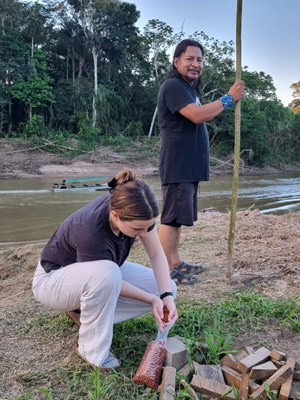
Gracie Dunlap and Chief Tashka Yawanawá
From my perspective, the Yawanawá (and other indigenous groups) have a unique and powerful approach to addressing climate change based on their close daily engagement with their land in every aspect of life. In spirituality, medicine, infrastructure, ancestral knowledge, and food resources, the forest is their life. Their necessary engagement with nature allows them to use resources efficiently and utilize an agroforestry system that does not interfere with their successful protection of biodiversity. The connection to their land, particularly from a spiritual perspective, fosters respect and a sense of guardianship over their wilderness – as the life source for their health, livelihood, and spirit.
In the future, I hope to see Yawanawá’s lifeways and philosophy continue to grow and spread across the globe. They not only represent all indigenous peoples but also stewardship of the Amazon, a vastly important ecosystem for the globe that needs more protection by people like the Yawanawá. I am extremely grateful for the hospitality of both Tashka and Laura Yawanawá and also the community as a whole. Their generosity and openness allowed me to see the inner workings of a community with a deep understanding of nature and how they preserve it. I look forward to following the Yawanawá’s future projects and the spread of their influence in matters of environmental stewardship and climate change action.
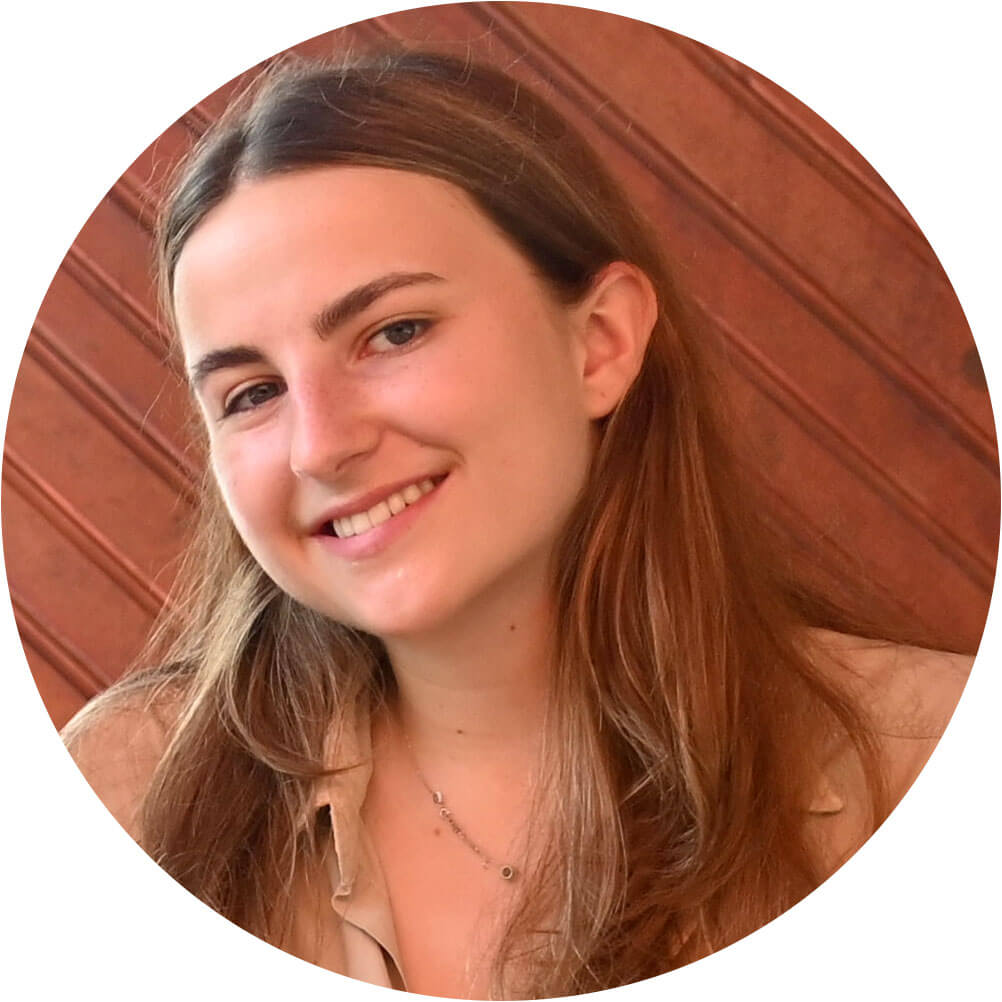
Gracie Dunlap
Gracie Dunlap is a twenty-year-old university student from Virginia and is currently studying Humanities in Prague, Czech Republic.
Read Next
You Can Help Bring Justice to the Biosphere and Save Life on Earth
WILD is linking people around the world with the effort to restore traditional lands to the Yawanawa People. And you can help!
Yes, You Actually Can Help Local Communities in West Africa & Slow Mass Extinction too!
Because of the Mali Elephant Project people are able to help restore and protect elephant habitat in an economically and ecologically challenging context
The Time to Act Was Yesterday
Encouraging and strengthening young conservation leaders is absolutely essential if we are to achieve a just and sustainable future. Learn more about CoalitionWILD – WILD’s young conservation leader network.
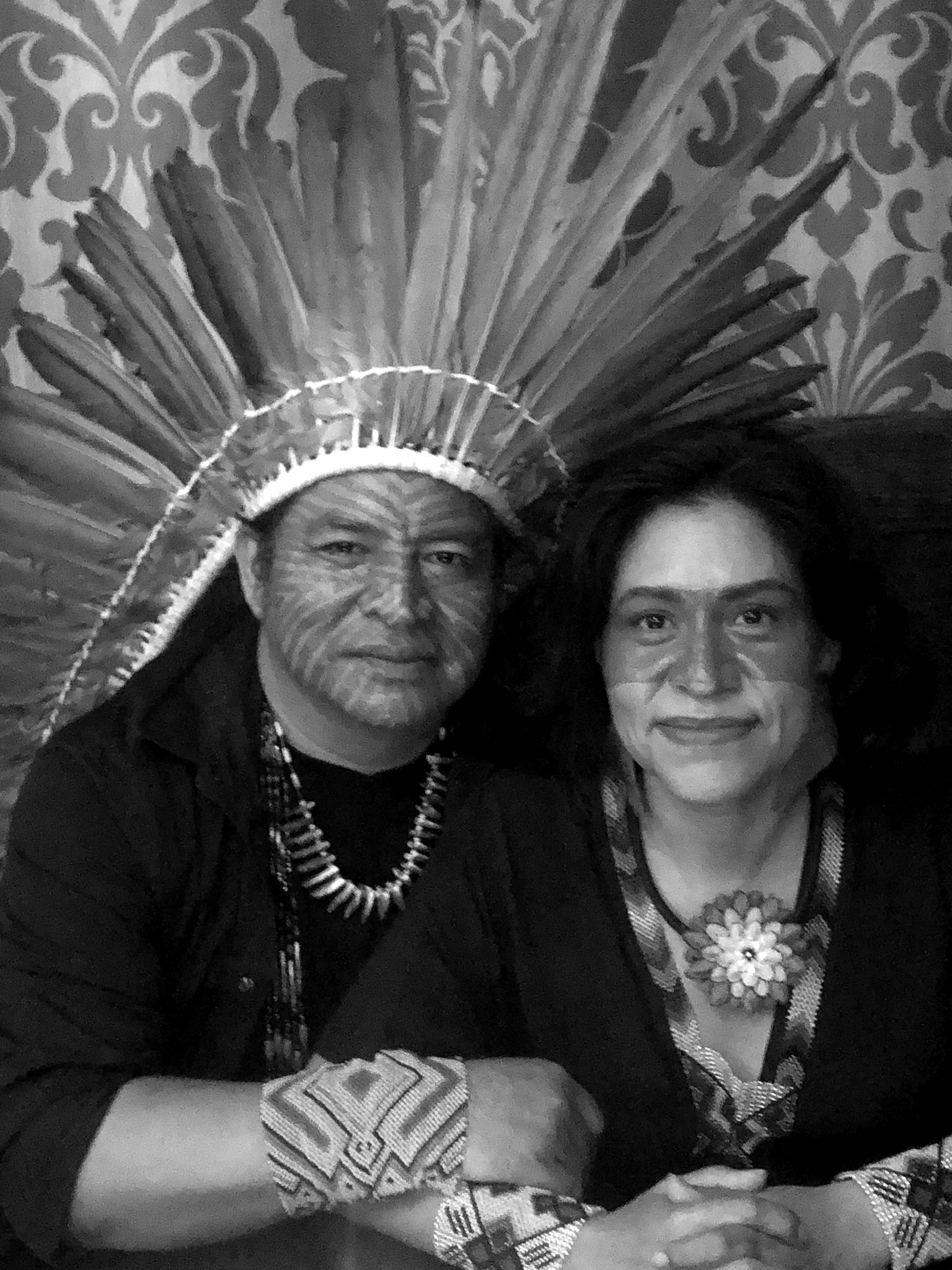
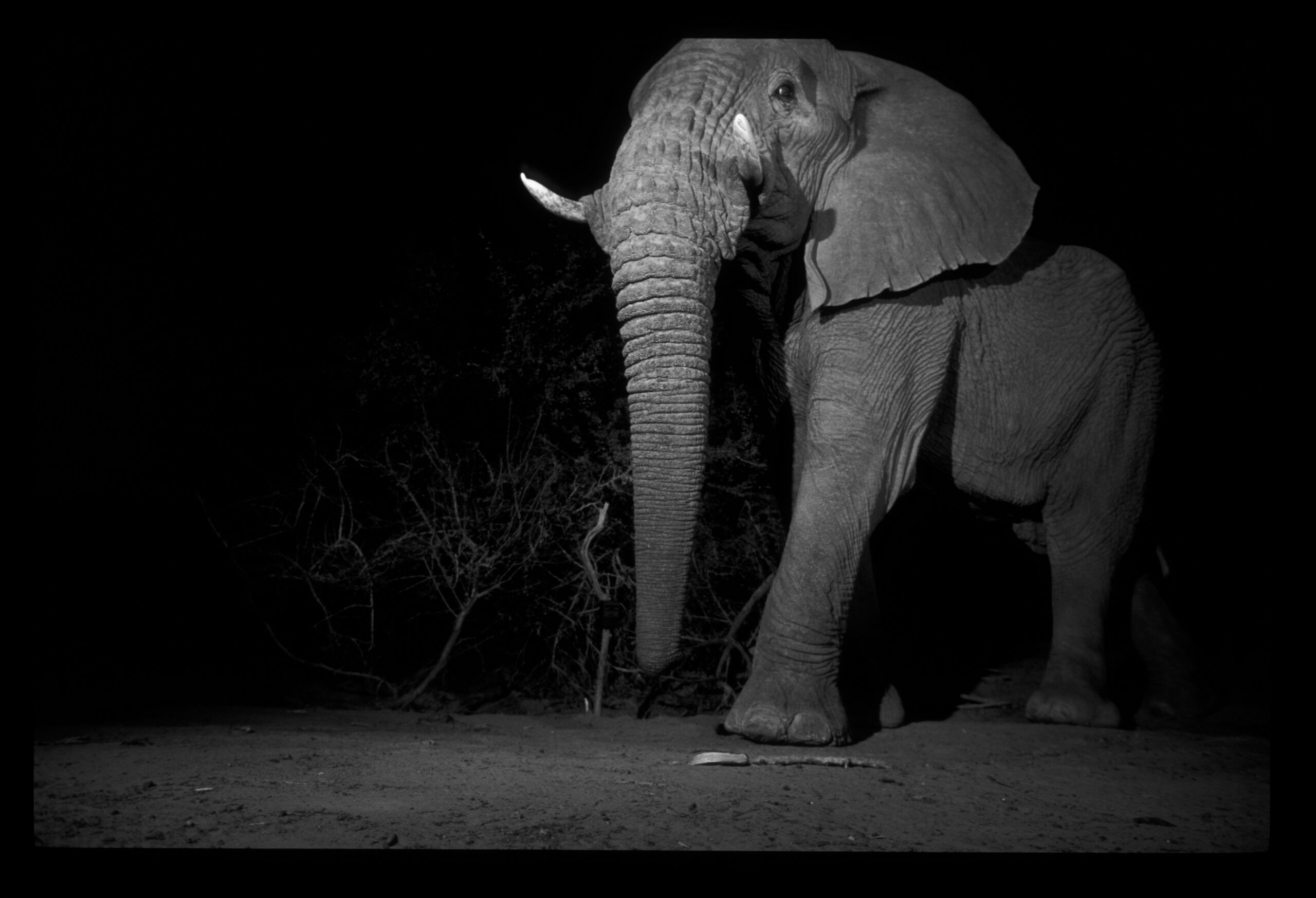

0 Comments